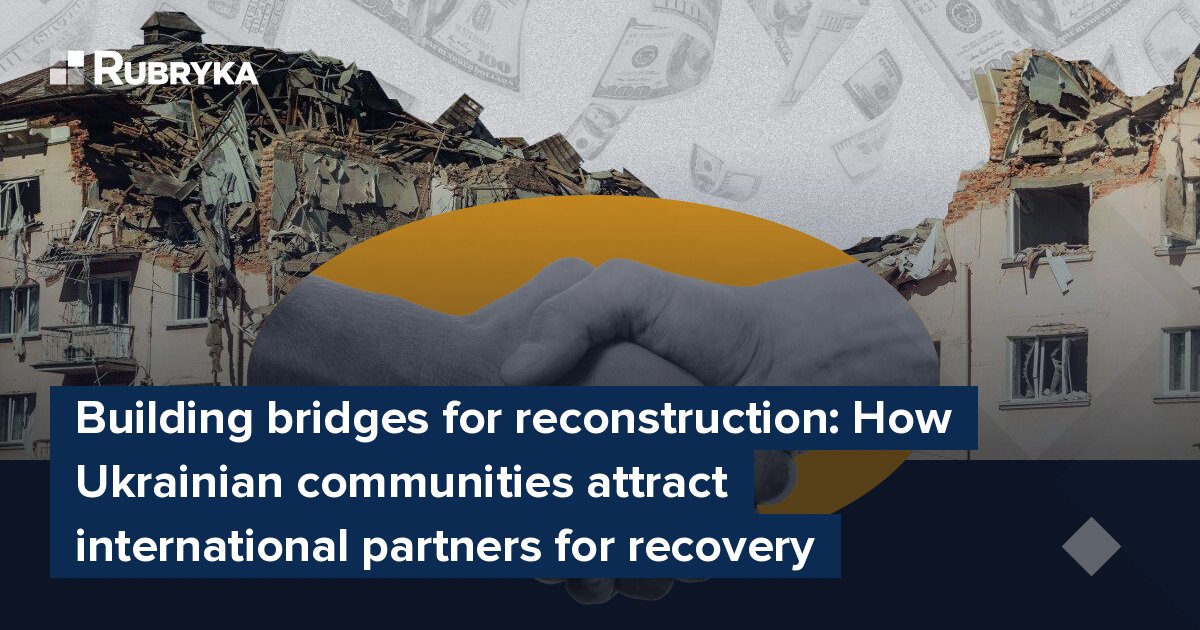
What is the problem?
The destruction caused by Russia's aggression in Ukraine is immense. As of January 2024, the damage to our infrastructure amounts to nearly $155 billion. Reconstruction efforts heavily depend on support from partner countries. But this raises an important question: how can Ukraine build effective connections with international partners on the ground, and what tangible benefits can this bring to specific communities?
What is the solution?
In May 2022, Volodymyr Zelensky called on partner countries to take patronage over Ukraine's war-affected regions. To effectively engage international partners in reconstruction, regions and communities must:
- be proactive in communication,
- establish horizontal cooperation,
- meet all conditions required by partners,
- ensure transparency and efficiency in their work.
We illustrate how this approach functions through the examples of the Chernihiv region and the Ivankiv community in the Kyiv region, both heavily damaged by Russian aggression and occupation.
How does it work?
Chernihiv region. Step one — development of horizontal cooperation
"France and Latvia have taken patronage over the restoration of the Chernihiv region at the government level. Overall, we have more than 300 partners involved in the region, including charitable organizations, international bodies, and technical assistance projects," says Oleksandra Khomyk, Director of the Department of Economic Development at the Chernihiv Regional State Administration.
Khomyk highlights that the key to securing such extensive support lies in strengthening horizontal cooperation between local governments at regional and national levels, as well as fostering intermunicipal collaboration at the community level.
"Initially, connections are established at the regional level, followed by horizontal communication. This process involves partner regions encouraging lower administrative-territorial levels to connect, leading to cities signing cooperation agreements and actively collaborating," explains the Director of the Department.
For example, in July 2022, the Chernihiv region signed a cooperation agreement with the Île-de-France region. This cooperation has grown, and now both the region and several communities have established partnerships with various French cities, including those outside Île-de-France. Specifically, the Koryukiv community signed an agreement with the municipality of Chaville, and the Krutiv community with the municipality of Santenay. The Ichnyan community has taken the lead in building ties with French partners, currently collaborating with three municipalities: Plomer, Avranches, and Sarcelles.
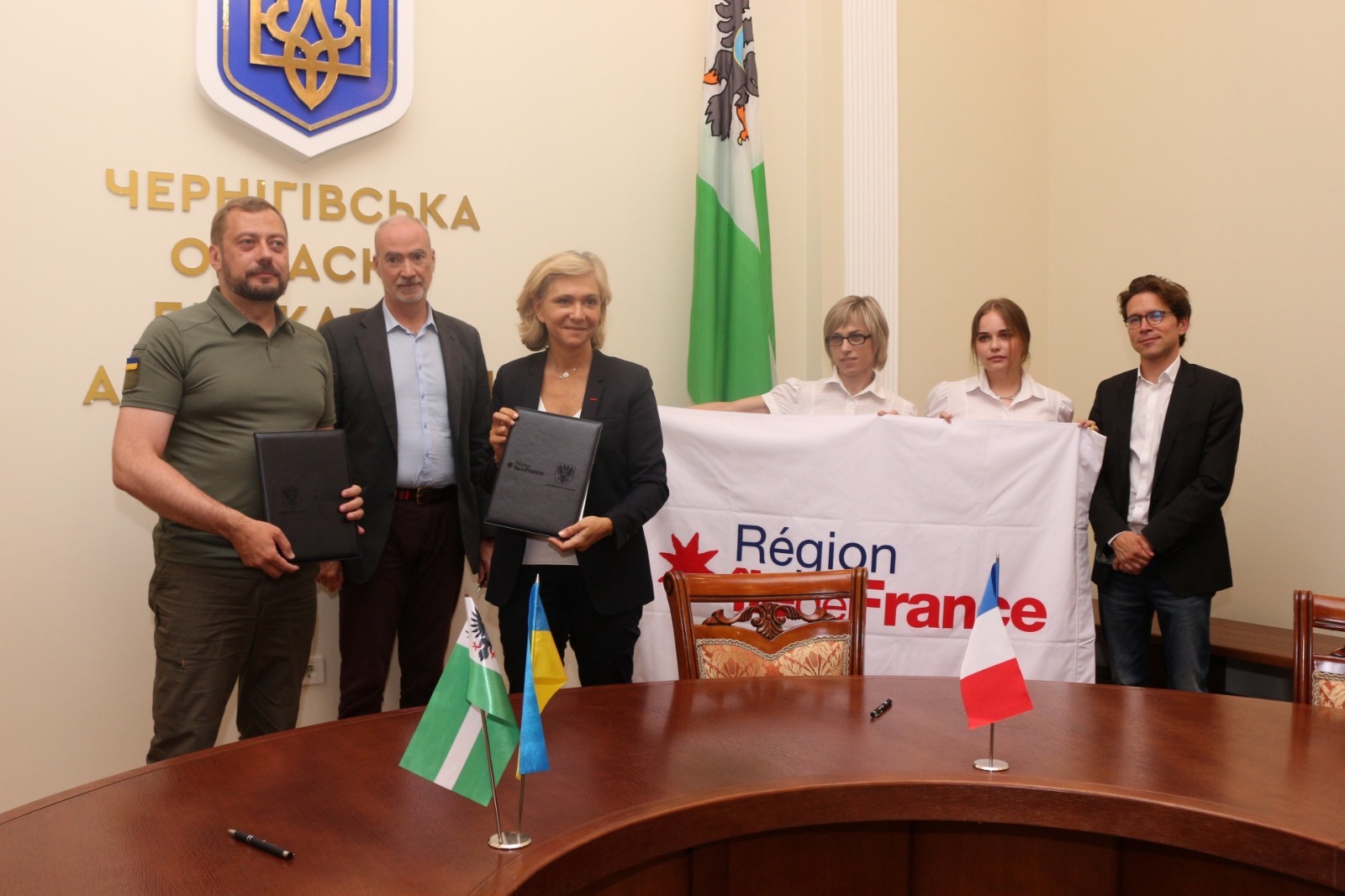
Head of the Chernihiv Regional State Administration, Viacheslav Chaus, alongside the Ambassador Extraordinary and Plenipotentiary of France to Ukraine, Étienne de Poncins, and the President of the Île-de-France region, Valérie Pécresse, during the signing of a Memorandum of Understanding for a cooperation agreement between the Chernihiv region and the Île-de-France region on July 1, 2022. Photo courtesy of the Chernihiv Regional State Administration
Similarly, cooperation on reconstruction with Germany has developed.
In January of this year, the Chernihiv region signed a Joint Declaration of Intent on Cooperation with the Government of the Federal State of Mecklenburg-Vorpommern.
Khomyk details: "We are now actively working to ensure that such partnerships develop not only at the regional level, but also to establish interaction between districts, as well as twinning ties between communities in our regions. By the way, since the beginning of the full-scale invasion, Chernihiv has initiated cooperation with Aachen, Nizhyn — with the city of Neustadt in Holstein and Wolfsburg. In March of this year, the Chernihiv district also joined the cooperation with German partners, concluding a Partnership Agreement with the Segeberg district. In our opinion, such a hierarchy of partnerships greatly contributes to concrete cooperation, the implementation of joint projects, and should be mutually beneficial."
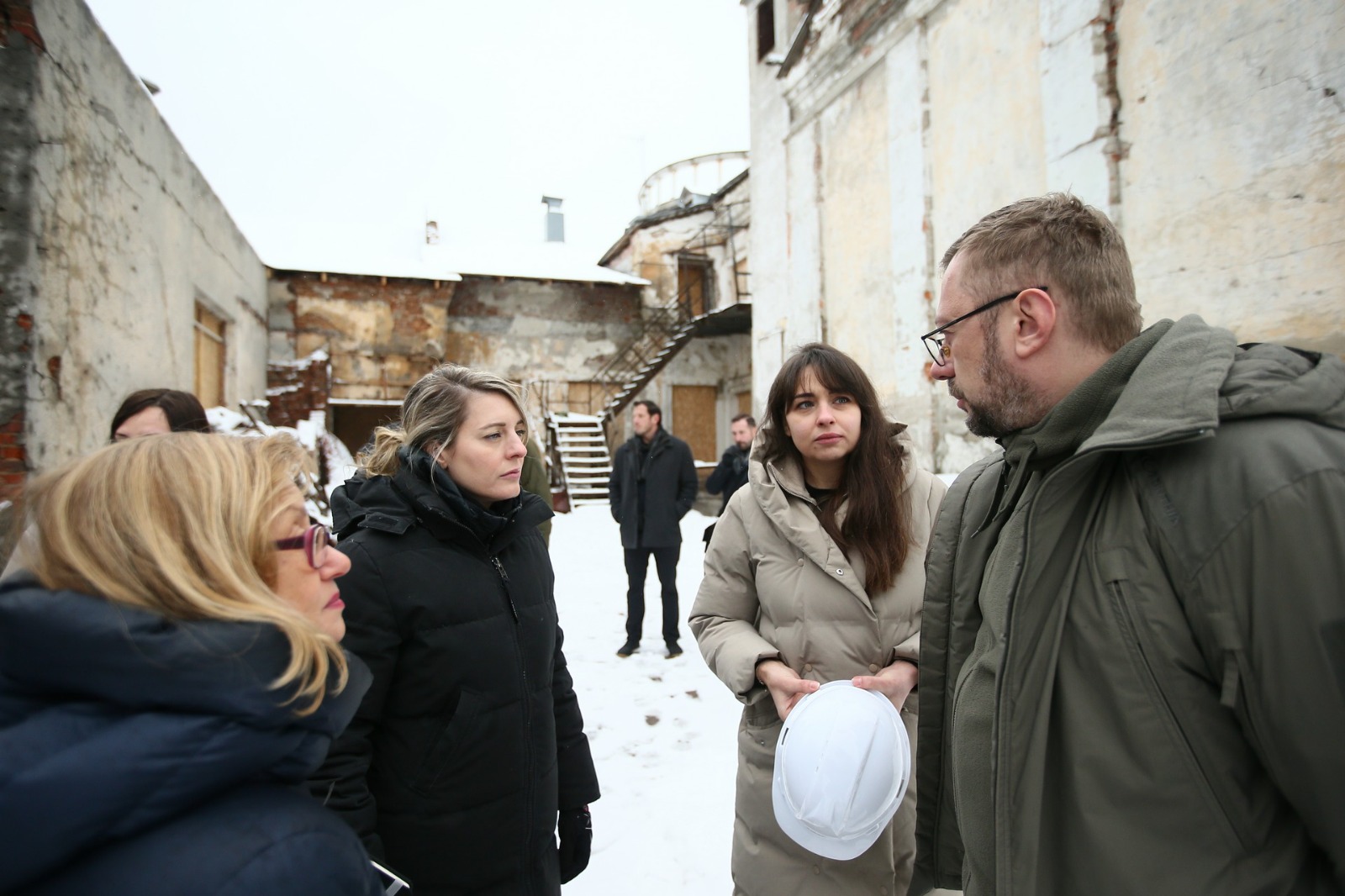
The Canadian delegation, led by Canadian Foreign Minister Mélanie Joly, visiting the site of the destroyed Chernihiv Regional Youth Center on February 3, 2024. Photo courtesy of the Chernihiv Regional State Administration
Step Two —the role of the regional office for international cooperation
Regional offices for international cooperation are an initiative of the Congress of Local and Regional Authorities under the President of Ukraine. These offices operate in every region, serving as coordination platforms to streamline communication efforts.
"This office includes heads of structural units by sector, the regional development agency, and representatives from communities most affected by armed aggression," explains Khomyk.
The office assesses the needs of communities to prevent duplication in partnerships, ensure efficient use of resources, and direct assistance to areas where it is most needed, adds the Director of the Department.
Step Three — effective communication of needs
Immediately after the region was liberated, the primary needs were food, water, and hygiene—essential supplies to support the population. Next, the focus shifted to restoring security, including energy, with a demand for alternative energy sources and assistance in rebuilding shelters.
"After that, we began focusing on supporting our businesses, as we need people to return to the region. Right now, we are working on economic recovery," the official explains. "However, for our border areas, which are shelled daily, we are unfortunately back in 2022, still needing to meet basic needs and requiring ongoing humanitarian support."
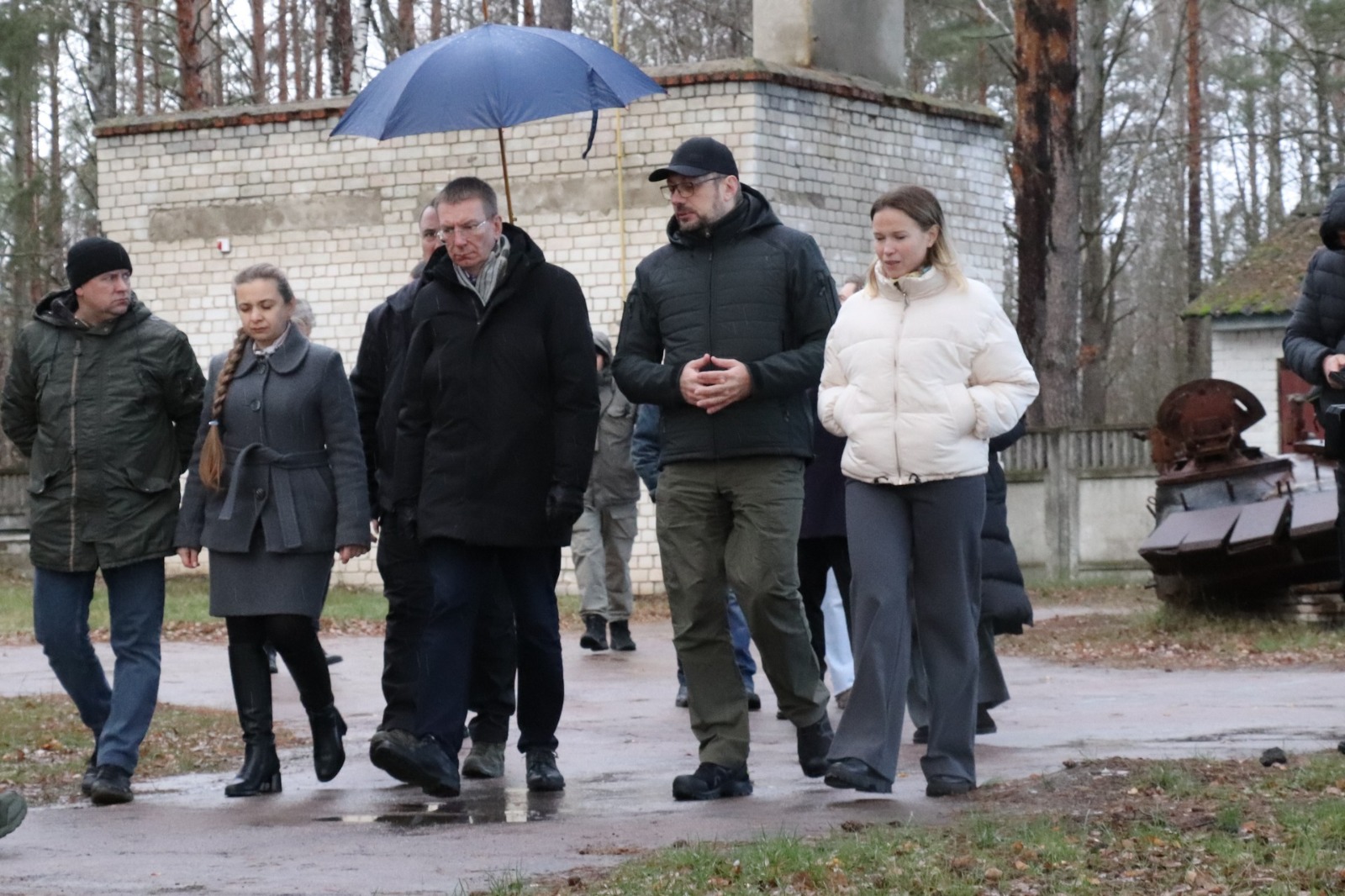
President of the Republic of Latvia, Edgars Rinkēvičs, visiting the village of Yagidne on November 24, 2023. Latvia allocated funds for building materials to aid in the reconstruction of private houses in Yagidne. Photo courtesy of the Chernihiv Regional State Administration
Does it really work?
Much has been restored, but there is still a list of tasks to be completed
The Director of the Department of Economic Development of the Chernihiv Regional State Administration (CHODA) explains that the process of signing each agreement at both the regional and international levels is lengthy, and one must be prepared for this.
First, consultations are held, followed by multiple rounds of negotiations to determine the areas of cooperation. Then, the agreement is reviewed by the Ministry of Foreign Affairs, and finally, both parties sign it.
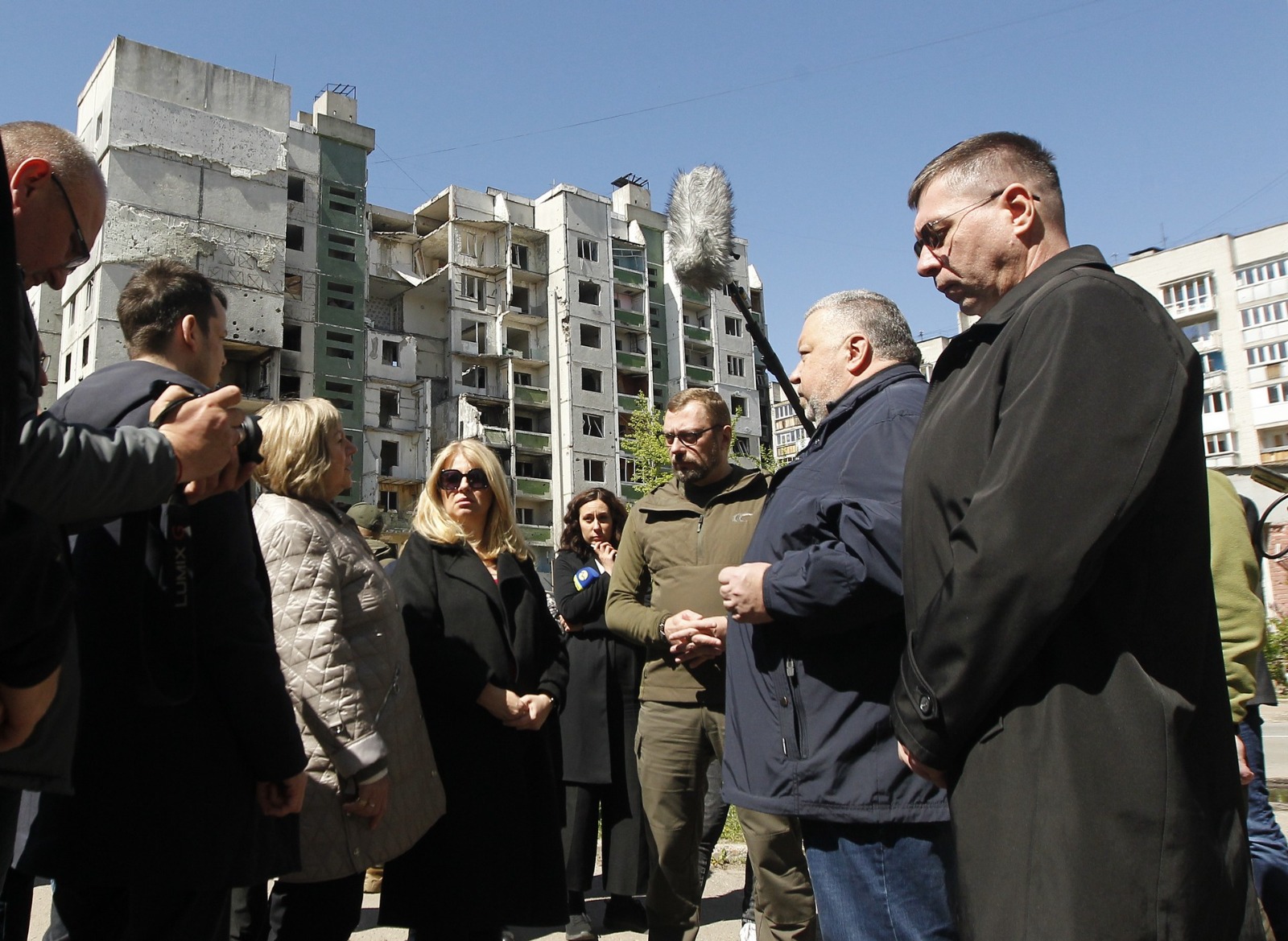
President of the Slovak Republic, Zuzana Čaputová, leading the Slovak delegation near a high-rise building destroyed by an airstrike on March 3, 2022, on Chornovola Street in Chernihiv, on April 29, 2023. Photo courtesy of the Chernihiv Regional State Administration
International cooperation has played a key role in the restoration of the region, with more than half of the damaged housing and most social infrastructure facilities—particularly around 80% of educational and medical institutions—already restored.
However, there are still urgent needs: providing shelter in educational institutions, as the region is a border area, ensuring internet access for students, and supplying them with computer equipment. Additionally, the rebuilding of large facilities is underway, sometimes with repurposing. For example, instead of the destroyed cardiology dispensary in Chernihiv, there are plans to construct a modern rehabilitation center.
Communities need to build capacity
In general, communities find it easier to conclude agreements, as decentralization has granted them more freedom in their actions compared to regional administrations. However, acquiring institutional capacity remains more challenging for communities, notes Khomyk: "Of course, they need to improve the professional level of their staff. Ideally, they should have employees who are proficient in foreign languages."
While this is not always the case, communities often find solutions to these challenges.
"If the head of the community is proactive, they will do everything: they will search for competent individuals and find ways for them to work. A local development agency can be created, specialists from a dedicated department within the community can work directly, a project manager can be appointed, or a project office can be established," Khomyk explains.
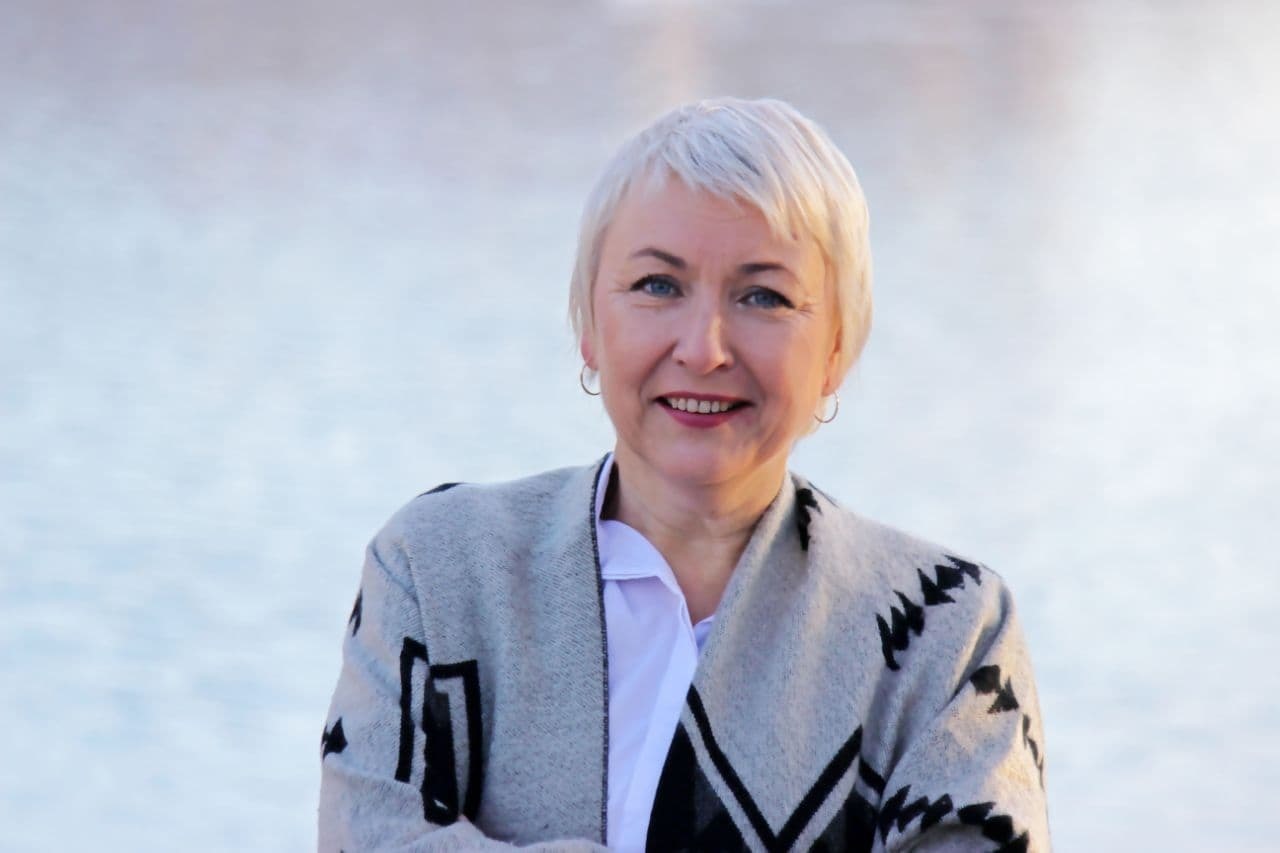
Director of the Department of Economic Development of the Chernihiv Regional State Administration, Oleksandra Khomyk. Photo courtesy of the Chernihiv Regional State Administration
For example, the Nizhyn community established an office for recovery and development, which has effectively become a communication platform, including for international cooperation.
"Every partner who comes to the region wants to help, but they also want to work with active and engaged communities," emphasizes Khomyk.
Ivankiv community created all conditions for partners
The validity of this statement is fully supported by the experience of the Ivankiv community.
Ivankiv is one of the largest communities in the Kyiv region, consisting of 81 settlements, 22 of which are part of the third zone of guaranteed voluntary resettlement due to the Chernobyl disaster. Since February 24, 2022, the community was under full occupation for 36 days, during which Russian troops advanced toward Kyiv, says the deputy head of the community, Maryna Beschastna.
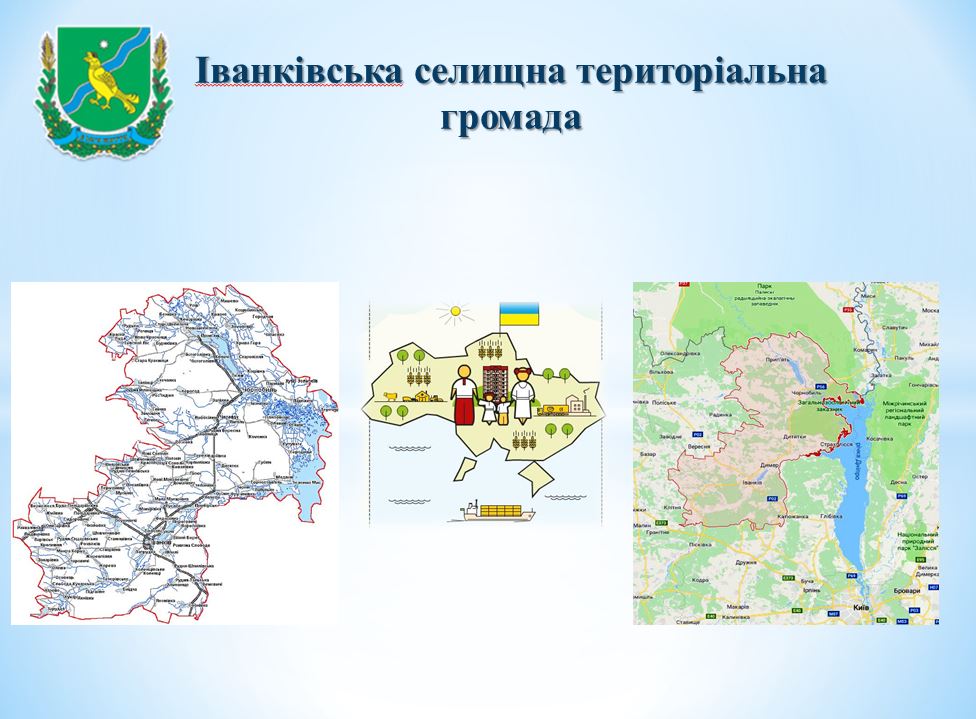
On the slide: symbols and geographical location of the community/Illustration provided by the Ivankiv community
A total of 47 settlements in the Ivankiv community were damaged by Russia's aggression.
"Today, we have around two and a half thousand damaged and destroyed buildings. 96% of the destruction is in the residential sector," notes the deputy head of Ivankiv village.
A significant number of bridges were also destroyed, and the military, along with regional authorities, assisted in their restoration.
First assistance — with building materials
The Russians destroyed and stole almost all office equipment, forcing village council employees to create resident lists from scratch in order to provide initial humanitarian aid and later support for reconstruction. A humanitarian headquarters was established to coordinate the efforts.
The first charitable aid for reconstruction came in the form of building materials.
Two commissions were set up within the village council: one for the distribution of humanitarian aid and another for inspecting damaged property. The inspection commission generated reports on the damage and categorized it accordingly.
The humanitarian aid commission distributed the building materials based on the reports compiled by the inspection commission for damaged property, explains Beschastna.
The first international partner — UNHCR
The first international benefactor for the community was—and remains—the Office of the United Nations High Commissioner for Refugees (UNHCR).
To assist with reconstruction, UNHCR initially focused on the most affected settlements: Kukhari, Pidhayne, and Teterivske.
At first, only individuals from vulnerable groups received help. However, as cooperation progressed, the list of beneficiaries expanded to include other categories of residents.
If a community begins working with an international charity partner, it must create all the necessary conditions for the organization to operate effectively, emphasizes the official. This is the first and most important step for sustainable cooperation.
"If partners request information, it must be quickly provided—there is no need to delay the process. When everything is fast, prompt, and informative, partners can develop long-term solutions for you," says Beschastna.
For example, UNHCR selected the community as an experimental case and developed a plan for its long-term recovery.
"If you start working with a serious organization and it gives positive feedback about the community—because it's comfortable working with that community—others will follow. For any international organization, being transparent, open, and easy to work with is essential. This is the main recipe for success," emphasizes the deputy head of the village.
Indeed, after UNHCR, the Ivankiv community received support from the International Organization for Migration, the French non-governmental humanitarian organization ACTED, the international humanitarian organization "People in Need," and others.
Every charity requires specific types of information, explains Beschastna:
"We recently spent time compiling lists in the format needed by charities. Although only about 20% of this information was used, if you make 10 lists of 10 needs and one of them gets acted on, that's a great result, because it will lead to real outcomes."
To ensure that aid reaches those who need it most, the village council created a spreadsheet for all settlements and damaged houses, detailing the extent of the damage and what needs to be restored. This was then filled out for each house, indicating which needs had already been addressed and which still required assistance from benefactors.
Another important aspect is that the head of the community, Tetiana Svyrydenko, actively participated in all forums dedicated to the reconstruction and assistance of Ukraine. At each event, she made efforts to take the floor and attract international partners.
This strategy paid off. The community has since signed memoranda with organizations such as the U-LEAD with Europe program, the Partnership for a Strong Ukraine Foundation, and others.
"We submit applications for most programs and competitions offered by international organizations," says Beschastna, reflecting on her current work.
Does it really work?
International charities focus on certain types of work
The reality is that many international charities focus on the most essential external repairs: restoring windows, roofs, and doors, in other words, the thermal modernization of homes to prevent further damage.
"However, people still face challenges in restoring the interiors of their homes—repairing heating systems, restoring electricity supply, plastering, and other similar tasks," says the deputy head of Ivankiv village.
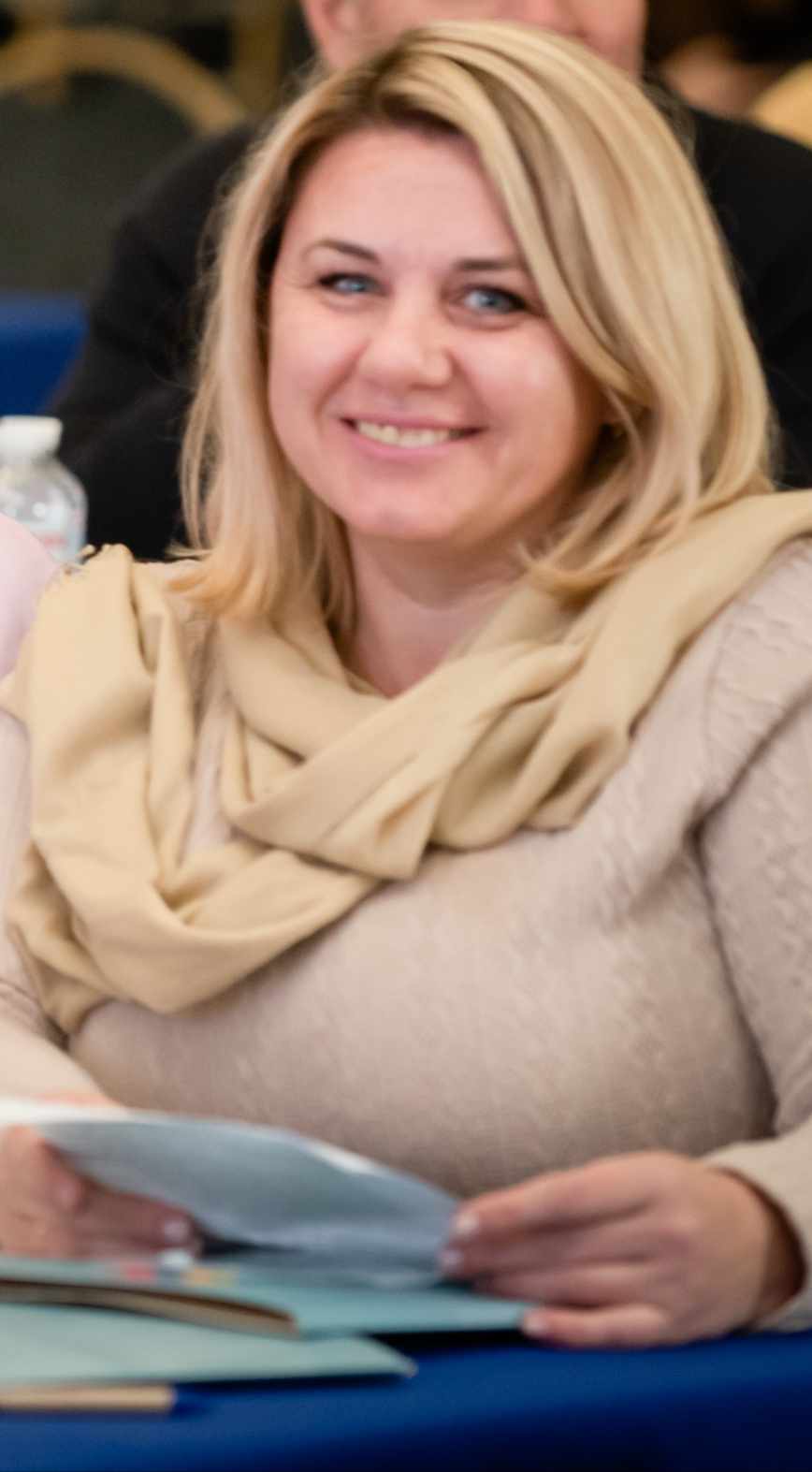
Deputy Mayor of Ivankiv Village, Maryna Beschastna / Photo from personal archive
The state program eRecovery has been very useful, with many people applying for it. However, not everyone has the necessary housing documents, and without these, compensation cannot be provided. There have also been cases in the community where the required type of roofing material was not included in the checklist provided by eRecovery.
"Today, when a charitable organization comes to us, we form a list of needs collected from the people. The charitable organization, in turn, makes estimates for the restoration of properties," explains Beschastna.
Then the charitable organization applies to the village council, where it is verified what type of work has already been covered through the Diia platform.
"If eRecovery can cover all the work, people are refused. But for the tasks not covered by the program, philanthropists take on the responsibility," adds Beschastna.
As we can see, even for remote communities, there is a solution for attracting international partners—the key is having the desire. Along with that, human resources are needed to carry out the work. This experience may primarily interest local government representatives. However, community residents who are not in authority can also draw attention to these established pathways and help organize the search for and attraction of international partners. After all, reconstruction is a concern for both the authorities and the entire community.


